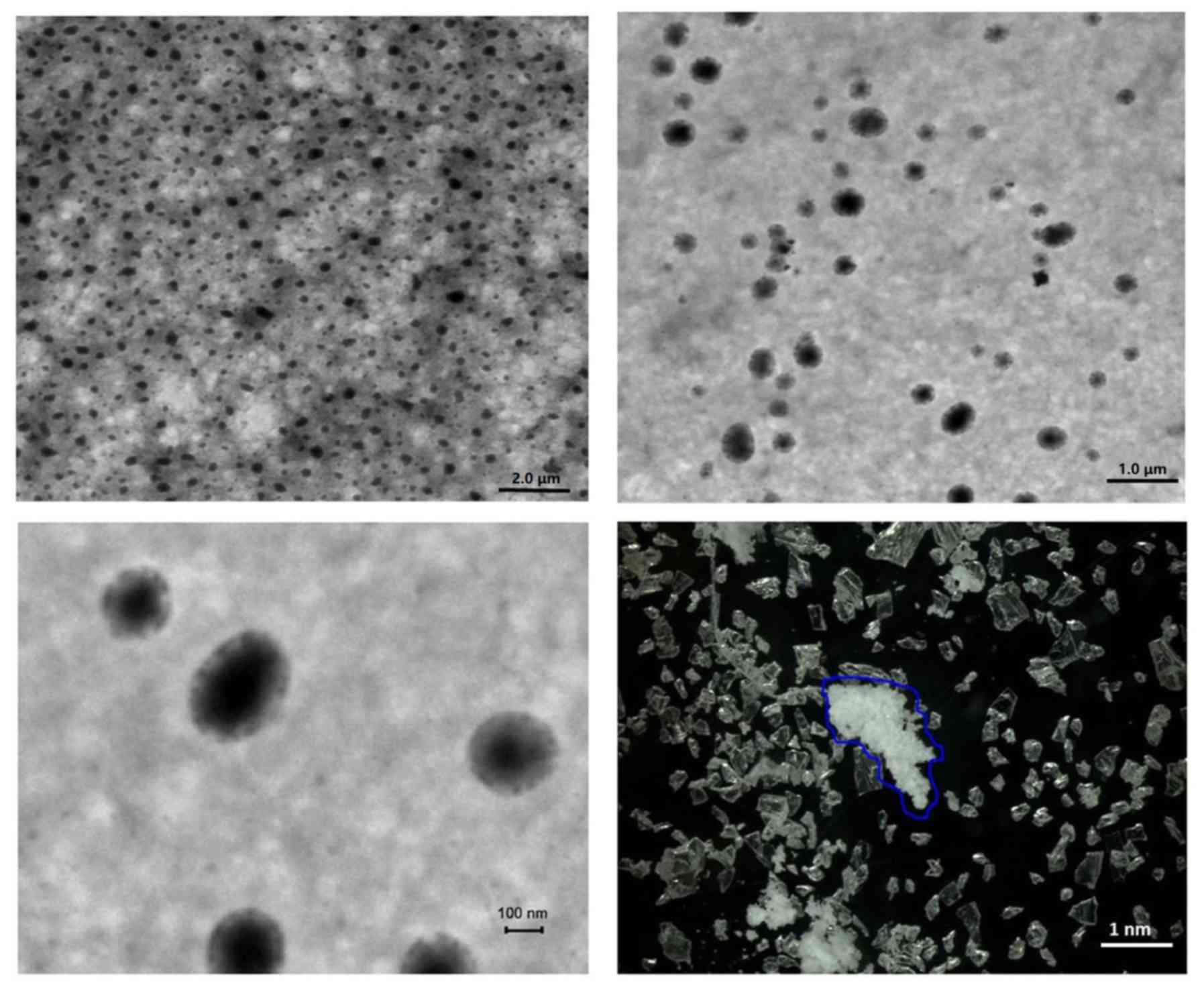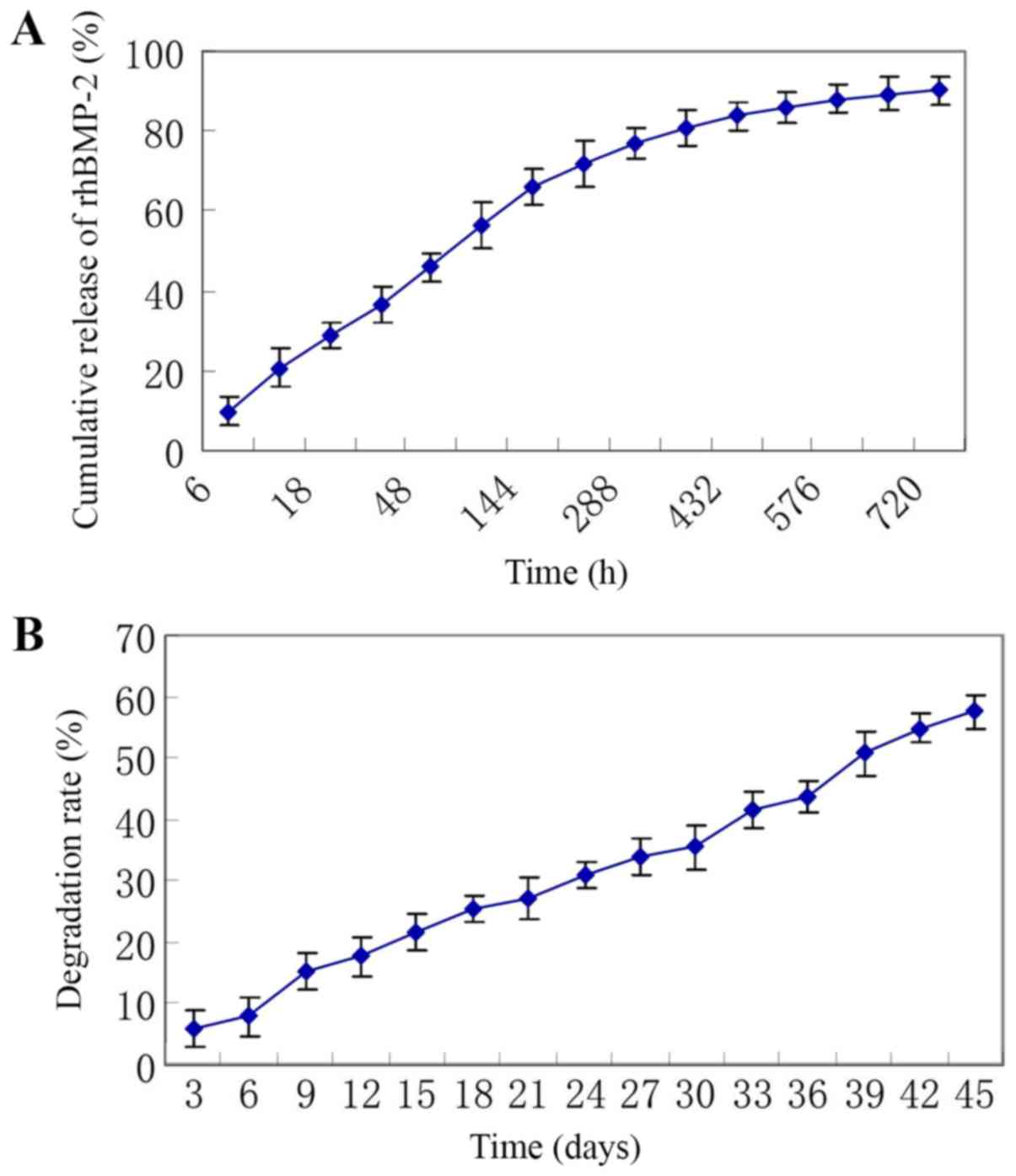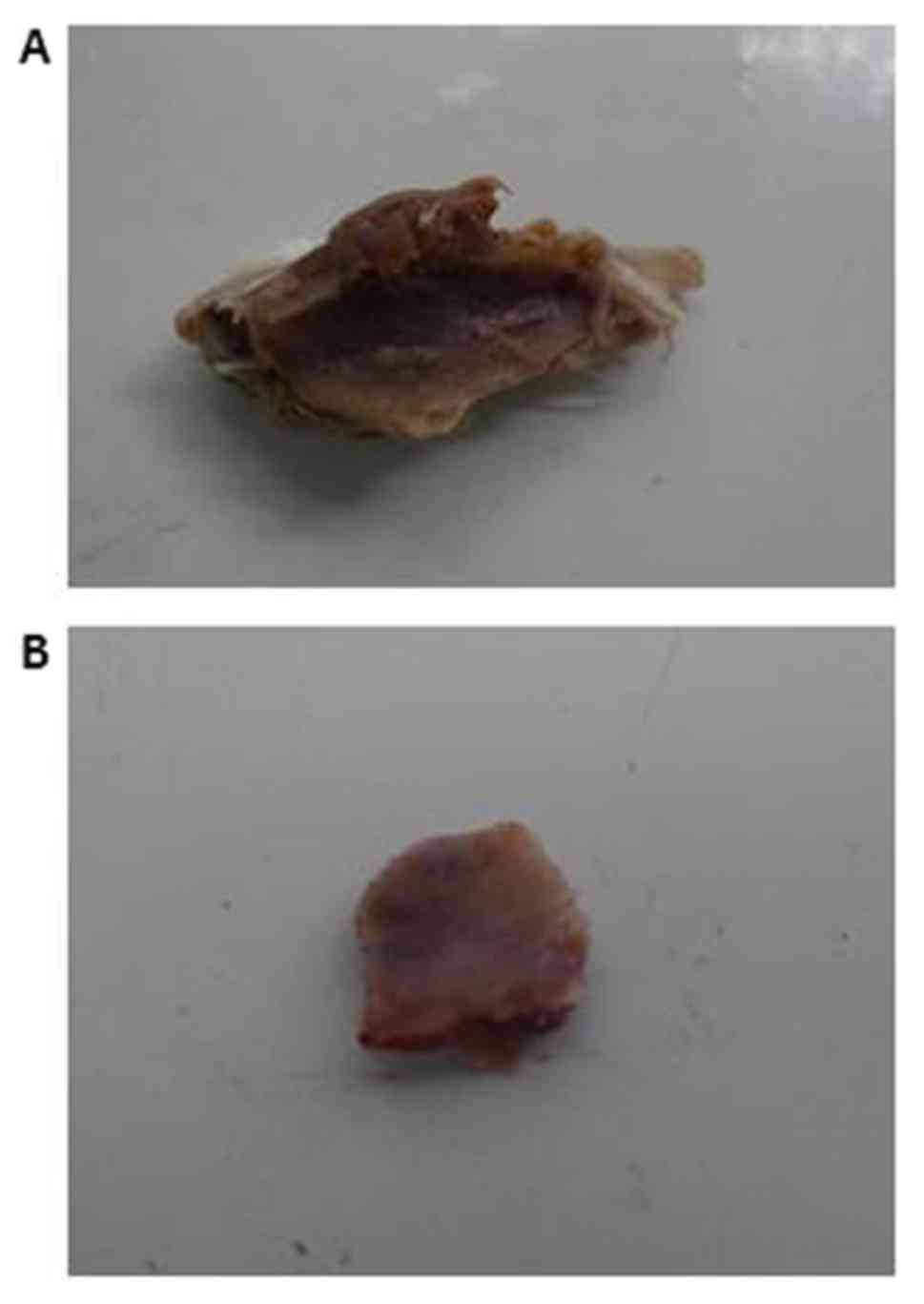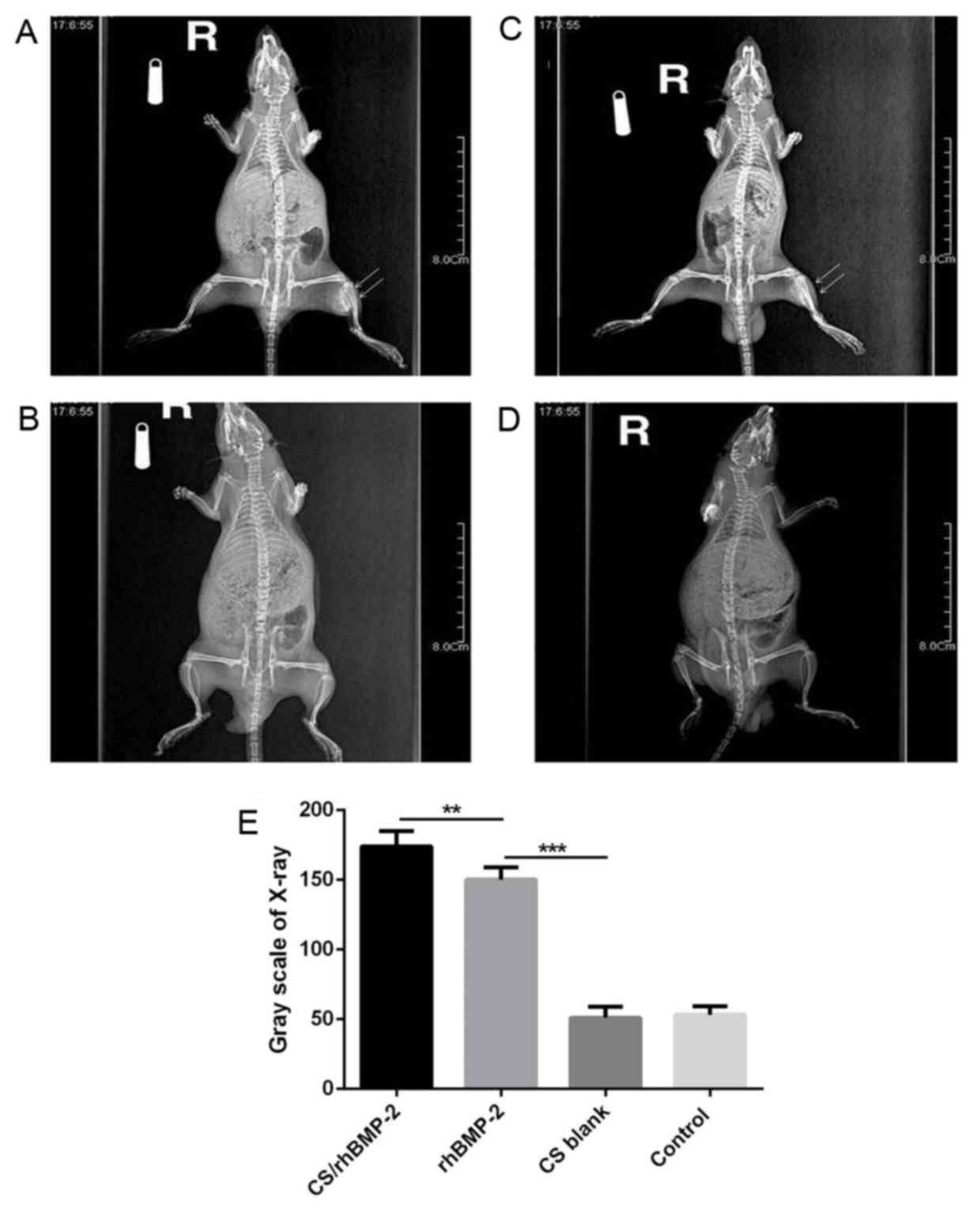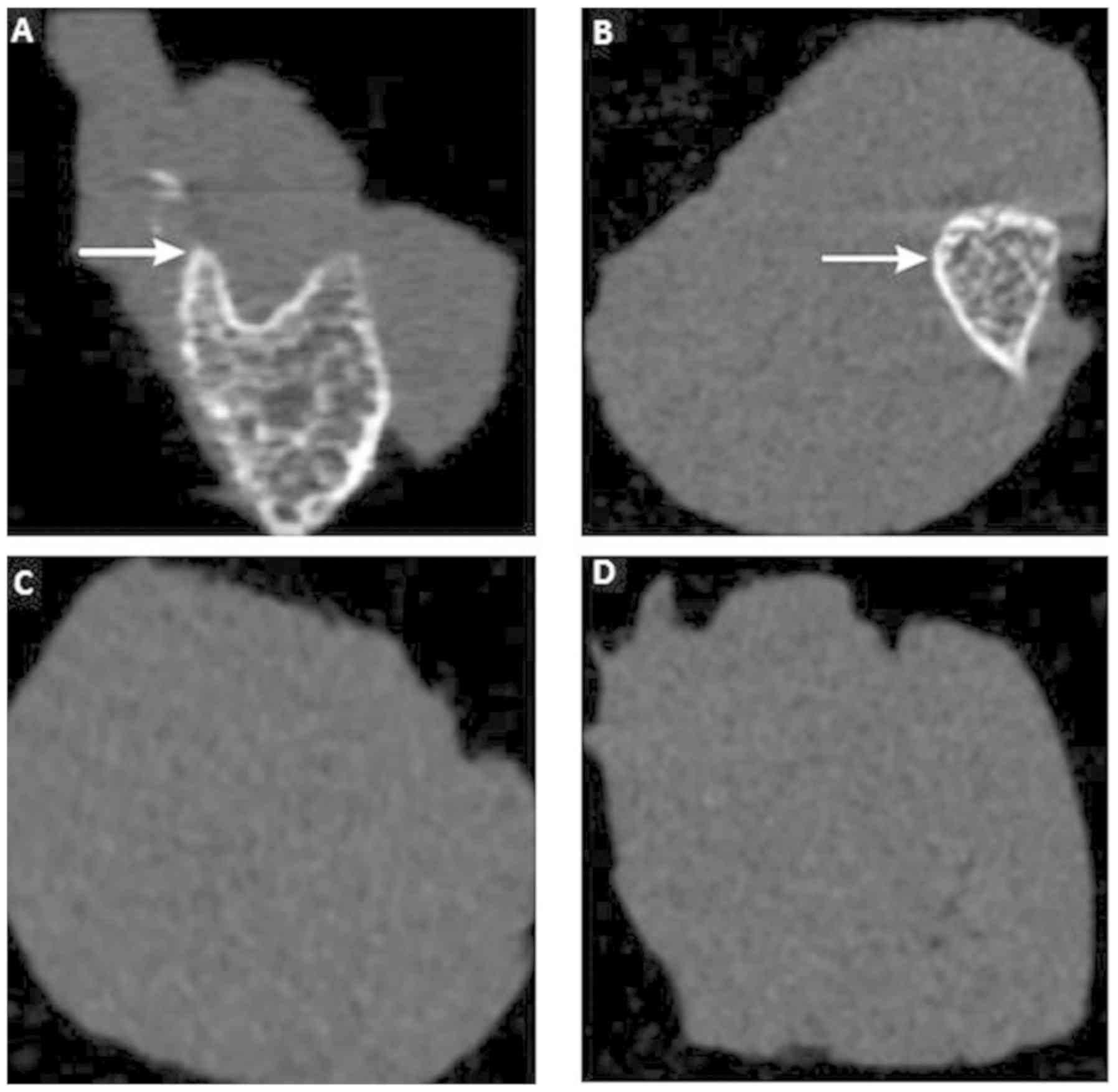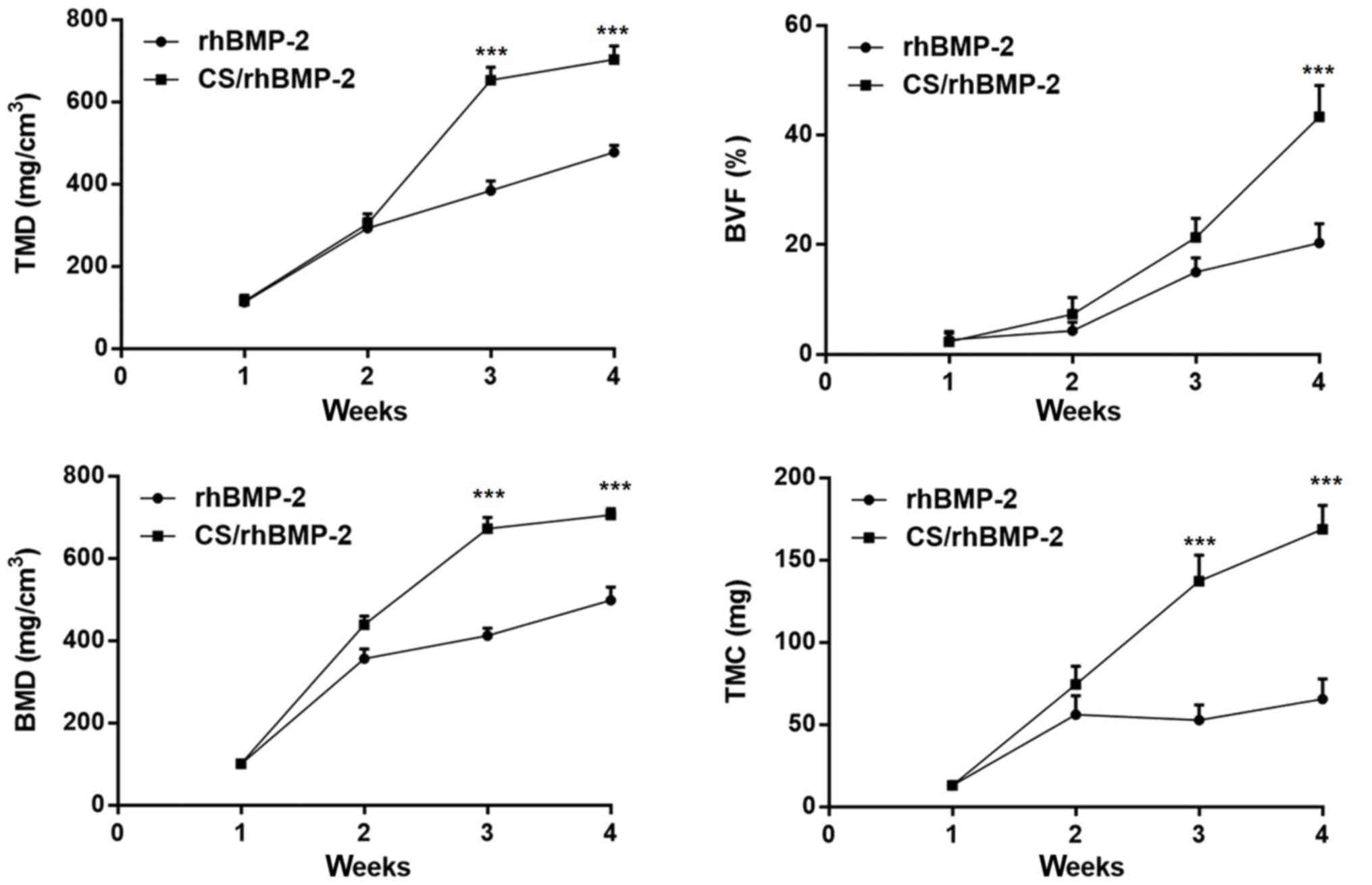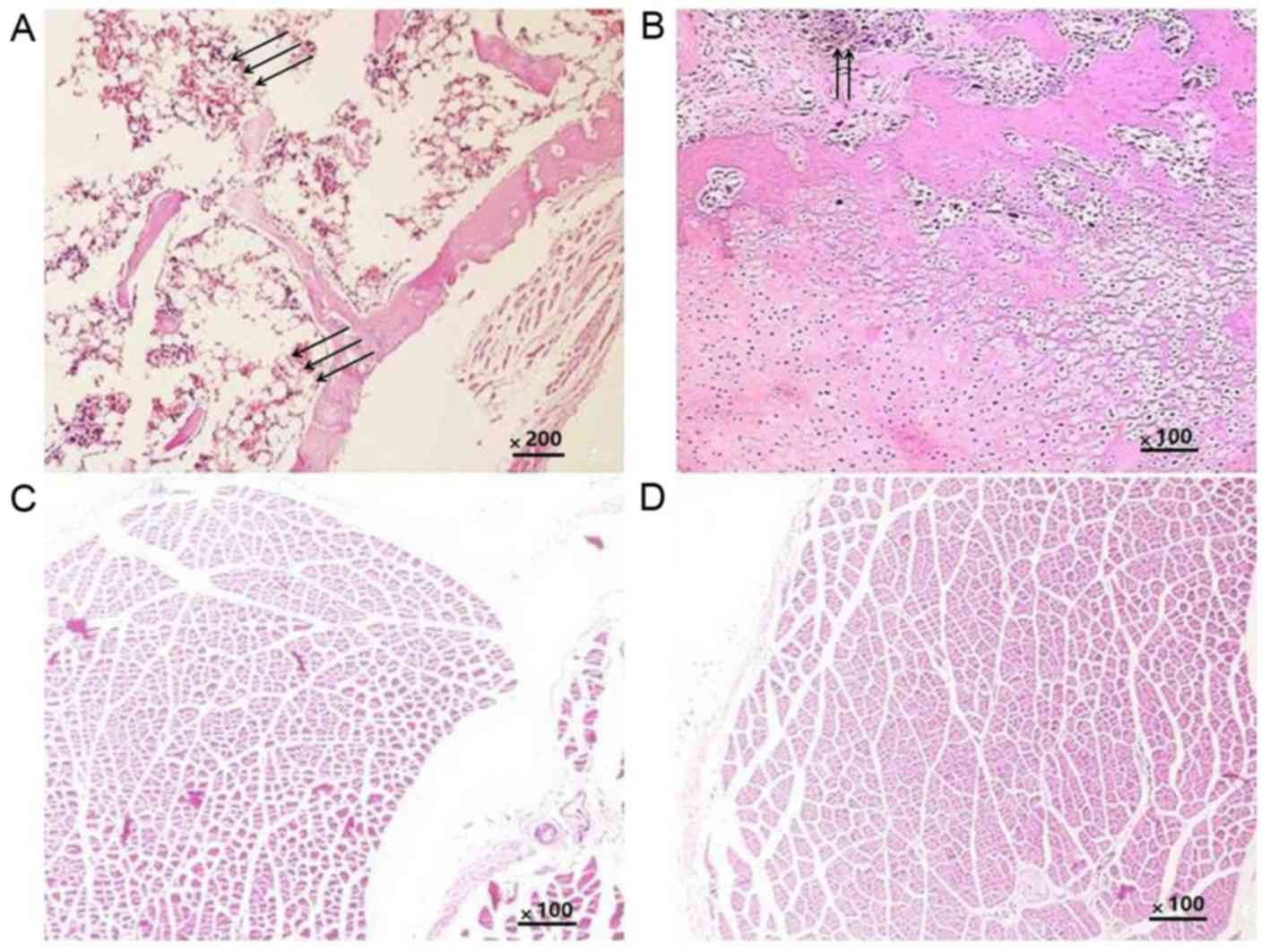|
1
|
Henkel J, Woodruff MA, Epari DR, Steck R,
Glatt V, Dickinson IC, Choong PF, Schuetz MA and Hutmacher DW: Bone
regeneration based on tissue engineering conceptions-a 21st century
perspective. Bone Res. 1:216–248. 2013. View Article : Google Scholar : PubMed/NCBI
|
|
2
|
Nauth A, Ristevski B, Li R and Schemitsch
EH: Growth factors and bone regeneration: How much bone can we
expect? Injury. 42:574–579. 2011. View Article : Google Scholar : PubMed/NCBI
|
|
3
|
Fu SZ, Ni PY, Wang BY, Chu B, Zheng L, Luo
F, Luo J and Qian Z: Injectable and thermo-sensitive PEG-PCL-PEG
copolymer/collagen/n-HA hydrogel composite for guided bone
regeneration. Biomaterials. 33:4801–4809. 2012. View Article : Google Scholar : PubMed/NCBI
|
|
4
|
Majidinia M, Sadeghpour A and Yousefi B:
The roles of signaling pathways in bone repair and regeneration. J
Cell Physiol. 233:2937–2948. 2018. View Article : Google Scholar : PubMed/NCBI
|
|
5
|
Krishnakumar GS, Roffi A, Reale D, Kon E
and Filardo G: Clinical application of bone morphogenetic proteins
for bone healing: A systematic review. Int Orthop. 41:1073–1083.
2017. View Article : Google Scholar : PubMed/NCBI
|
|
6
|
Yan X, Kang D, Pan J, Jiang C, Lin Y and
Qi S: Osteoblastic differentiation and cell calcification of
adamantinomatous craniopharyngioma induced by bone morphogenetic
protein-2. Cancer Biomark. 18:191–198. 2017. View Article : Google Scholar : PubMed/NCBI
|
|
7
|
Fujita N, Matsushita T, Ishida K, Sasaki
K, Kubo S, Matsumoto T, Kurosaka M, Tabata Y and Kuroda R: An
analysis of bone regeneration at a segmental bone defect by
controlled release of bone morphogenetic protein 2 from a
biodegradable sponge composed of gelatin and β-tricalcium
phosphate. J Tissue Eng Regen Med. 6:291–298. 2012. View Article : Google Scholar : PubMed/NCBI
|
|
8
|
Chao Q, Zhu C, Yu W, Jiang X, Zhang F and
Jian S: Bone morphogenetic protein 2 promotes osteogenesis of bone
marrow stromal cells in type 2 diabetic rats via the Wnt signaling
pathway. Int J Biochem Cell Biol. 80:143–153. 2016. View Article : Google Scholar : PubMed/NCBI
|
|
9
|
Carreira AC, Lojudice FH, Halcsik E,
Navarro RD, Sogayar MC and Granjeiro JM: Bone morphogenetic
proteins: Facts, challenges, and future perspectives. J Dent Res.
93:335–345. 2014. View Article : Google Scholar : PubMed/NCBI
|
|
10
|
Mohajel N, Najafabadi AR, Azadmanesh K,
Amini M, Vatanara A, Moazeni E, Rahimi A and Gilani K: Drying of a
plasmid containing formulation: Chitosan as a protecting agent.
Daru. 20:222012. View Article : Google Scholar : PubMed/NCBI
|
|
11
|
Jun SH, Lee EJ, Jang TS, Kim HE, Jang JH
and Koh YH: Bone morphogenic protein-2 (BMP-2) loaded hybrid
coating on porous hydroxyapatite scaffolds for bone tissue
engineering. J Mater Sci Mater Med. 24:773–782. 2013. View Article : Google Scholar : PubMed/NCBI
|
|
12
|
Walker DH and Wright NM: Bone
morphogenetic proteins and spinal fusion. Neurosurg Focus.
13:e32002. View Article : Google Scholar : PubMed/NCBI
|
|
13
|
Segredo-Morales E, García-García P, Évora
C and Delgado A: BMP delivery systems for bone regeneration:
Healthy vs osteoporotic population. Review. J Drug Delivery Sci
Technol. 42:107–118. 2017. View Article : Google Scholar
|
|
14
|
Chung RJ, Ou KL, Tseng WK and Liu HL:
Controlled release of BMP-2 by chitosan/γ-PGA polyelectrolyte
multilayers coating on titanium alloy promotes osteogenic
differentiation in rat bone-marrow mesenchymal stem cells. Surface
Coatings Technol. 303:283–288. 2016. View Article : Google Scholar
|
|
15
|
Lee CH, Jin MU, Jung HM, Lee JT and Kwon
TG: Effect of dual treatment with SDF-1 and BMP-2 on ectopic and
orthotopic bone formation. PLoS One. 10:e01200512015. View Article : Google Scholar : PubMed/NCBI
|
|
16
|
Dudarić L, Cvek SZ, Cvijanović O, Santić
V, Marić I, Crncević-Orlić Z and Bobinac D: Expression of the
BMP-2, −4 and −7 and their antagonists gremlin, chordin, noggin and
follistatin during ectopic osteogenesis. Coll Antropol.
37:1291–1298. 2013.PubMed/NCBI
|
|
17
|
Xia YJ, Xia H, Chen L, Ying QS, Yu X, Li
LH, Wang JH and Zhang Y: Efficient delivery of recombinant human
bone morphogenetic protein (rhBMP-2) with dextran sulfate-chitosan
microspheres. Exp Ther Med. 15:3265–3272. 2018.PubMed/NCBI
|
|
18
|
Özbaş-Turan S, Akbuǧa J and Aral C:
Controlled release of interleukin-2 from chitosan microspheres. J
Pharm Sci. 91:1245–1251. 2002. View Article : Google Scholar : PubMed/NCBI
|
|
19
|
Yan MA: Guide for the care and use of
laboratory animals. Sichuan Animal. 19:29–30. 1989.
|
|
20
|
Zhang W, Kaplan DL and Jiang X, Zhao J, Xu
L, Zhu C, Zeng D, Chen J, Zhang Z, Kaplan DL and Jiang X: The use
of injectable sonication-induced silk hydrogel for VEGF(165) and
BMP-2 delivery for elevation of the maxillary sinus floor.
Biomaterials. 32:9415–9424. 2011. View Article : Google Scholar : PubMed/NCBI
|
|
21
|
Zhang S, Wang G, Lin X, Chatzinikolaidou
M, Jennissen HP, Laub M and Uludağ H: Polyethylenimine-coated
albumin nanoparticles for BMP-2 delivery. Biotechnol Prog.
24:945–956. 2008. View
Article : Google Scholar : PubMed/NCBI
|
|
22
|
Fan J, Park H, Lee MK, Bezouglaia O,
Fartash A, Kim J, Aghaloo T and Lee M: Adipose-derived stem cells
and BMP-2 delivery in chitosan-based 3D constructs to enhance bone
regeneration in a rat mandibular defect model. Tissue Eng Part A.
20:2169–2179. 2014. View Article : Google Scholar : PubMed/NCBI
|
|
23
|
Geiger M, Li RH and Friess W: Collagen
sponges for bone regeneration with rhBMP-2. Adv Drug Deliv Rev.
55:1613–1629. 2003. View Article : Google Scholar : PubMed/NCBI
|
|
24
|
Bhakta G, Lim ZX, Rai B, Lin T, Hui JH,
Prestwich GD, van Wijnen AJ, Nurcombe V and Cool SM: The influence
of collagen and hyaluronan matrices on the delivery and bioactivity
of bone morphogenetic protein-2 and ectopic bone formation. Acta
Biomater. 9:9098–9106. 2013. View Article : Google Scholar : PubMed/NCBI
|
|
25
|
Yilgor P, Tuzlakoglu K, Rui LR, Hasirci N
and Hasirci V: Incorporation of a sequential BMP-2/BMP-7 delivery
system into chitosan-based scaffolds for bone tissue engineering.
Biomaterials. 30:3551–3559. 2009. View Article : Google Scholar : PubMed/NCBI
|
|
26
|
Gan Q, Zhu J, Yuan Y, Honglai Liu, Qian J,
Lib Y and Liu C: A dual-delivery system of pH-responsive
chitosan-functionalized mesoporous silica nanoparticles bearing
BMP-2 and dexamethasone for enhanced bone regeneration. J Materials
Chemistry B. 3:2056–2066. 2015. View Article : Google Scholar
|
|
27
|
Ma SY, Feng ZQ, Lai RF, Zhou ZY and Yin
ZD: Synergistic effect of RhBMP-2 and bFGF on ectopic osteogenesis
in mice. Asian Pac J Trop Med. 8:53–59. 2015. View Article : Google Scholar : PubMed/NCBI
|
|
28
|
Lai RF, Li ZJ, Zhou ZY, Feng ZQ and Zhao
QT: Effect of rhBMP-2 sustained-release nanocapsules on the ectopic
osteogenesis process in Sprague-Dawley rats. Asian Pac J Trop Med.
6:884–888. 2013. View Article : Google Scholar : PubMed/NCBI
|















